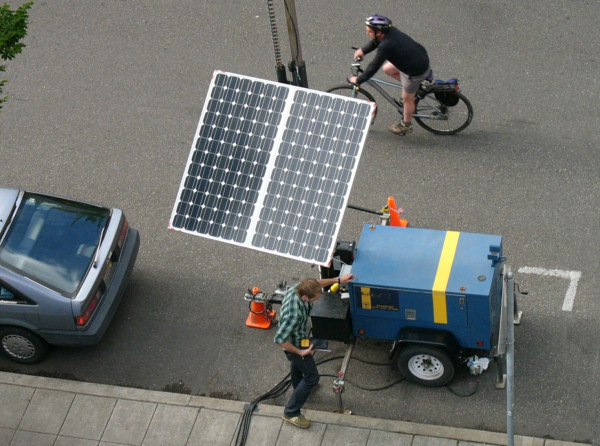Update of stand-alone power systems joint standards needs NZ commissioners
Have you used AS/NZS 4509 Stand-alone power systems parts 1 and 2 in the past but feel they are no longer suitable? It's been more than a decade since they were published, so here is your opportunity to improve them.

By Ecotrust CC BY 2.0.
Stand-alone power systems are an effective way of providing electricity and, when used with renewable power resources, can help address climate change and environmental concerns. Standards, meanwhile, can encourage innovative and safe design and performance requirements across different systems. As stand-alone power systems are being installed in diverse locations such as urban residences and remote regions, an update to the standard could consider these installation environments as well as risks such as vandalism, theft, use with livestock, and quiet enjoyment.
These are complex standards, so we are looking for both funders and committee representatives to help improve them in what will be a great opportunity for New Zealand experts to contribute industry knowledge and a local perspective as well as learn from international partners on the committee.
What is proposed?
AS/NZS 4509.1 (safety and installation) has the potential to be used more broadly across the utility sector. As such, revision of the standard might accommodate the increased diversity of technology solutions (for example, hydrogen generation) and adopt a structure, nomenclature, and drawing style more reflective of AS/NZS 5033 Installation and safety requirements for photovoltaic (PV) arrays and AS/NZS 5139 Electrical installations – Safety of battery systems for use with power conversion equipment. Also, increased documentation for the consideration of customer electrical protection could be discussed.
It is proposed that AS/NZS 4509.2 (system design) undergo a wholesale rewrite with reference to standards that were not available when it was last published. Such standards include AS/NZS 5139, the IEC 62109 Safety of power converters for use in photovoltaic power systems series and newer versions of AS/NZS 5033 and the AS/NZS 4777 Grid connection of energy systems via inverters series. The redevelopment would, inter alia, include installation protection methodologies, earthing requirements, and combination systems where some elements of an installation are served through grid-connected systems and other parts are served through a stand-alone system. Furthermore, improvements in labelling and documentation could assist emergency services personnel and the variety of installation locations and configurations across Australia and New Zealand.
New Zealand organisations, we need you
To ensure the future viability of these standards, they need to be fit for purpose. The proposal has been endorsed by Australian organisations and now we are seeking New Zealand representation to make sure this standard remains jointed and applicable across the Tasman. Funding can be split across interested parties.
Interested to know more? Please contact Shaayal Sukul, Advisor Joint Standards, by emailing joints@standards.govt.nz by end of Wednesday, 28 February.
